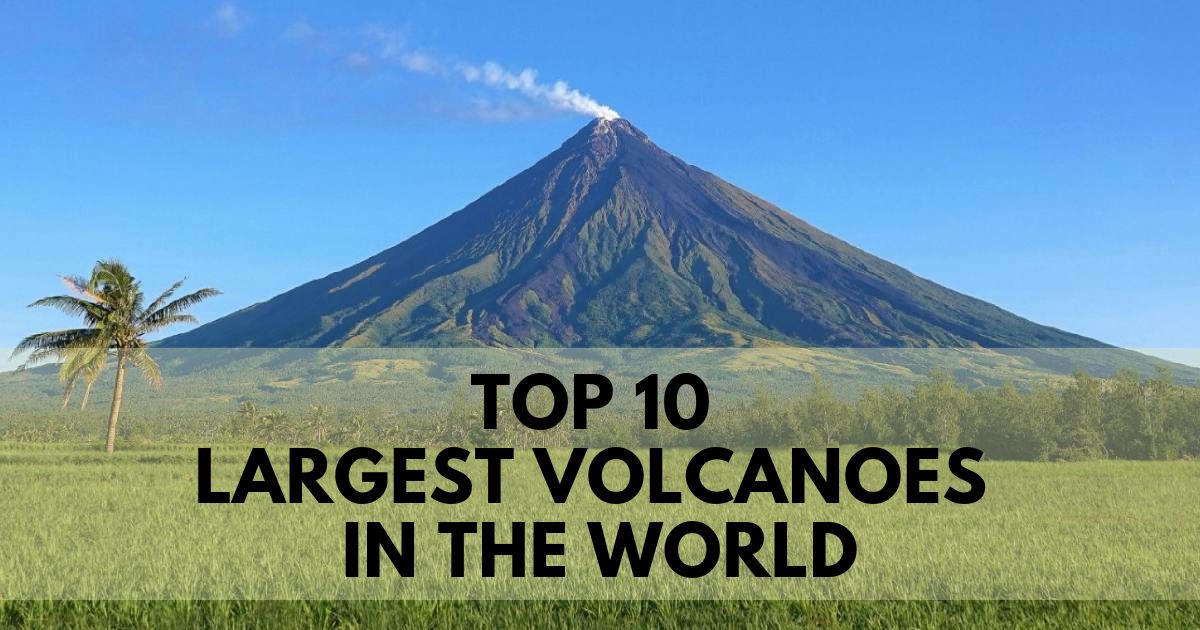A view into Earth’s scorching depths, volcanoes have enthralled people for generations. They are natural wonders and potent forces that shape ecosystems. All of the largest volcanoes in the world, their distinctive features, and their historical importance are all covered in this thorough article.
10. Arenal Volcano – Costa Rica
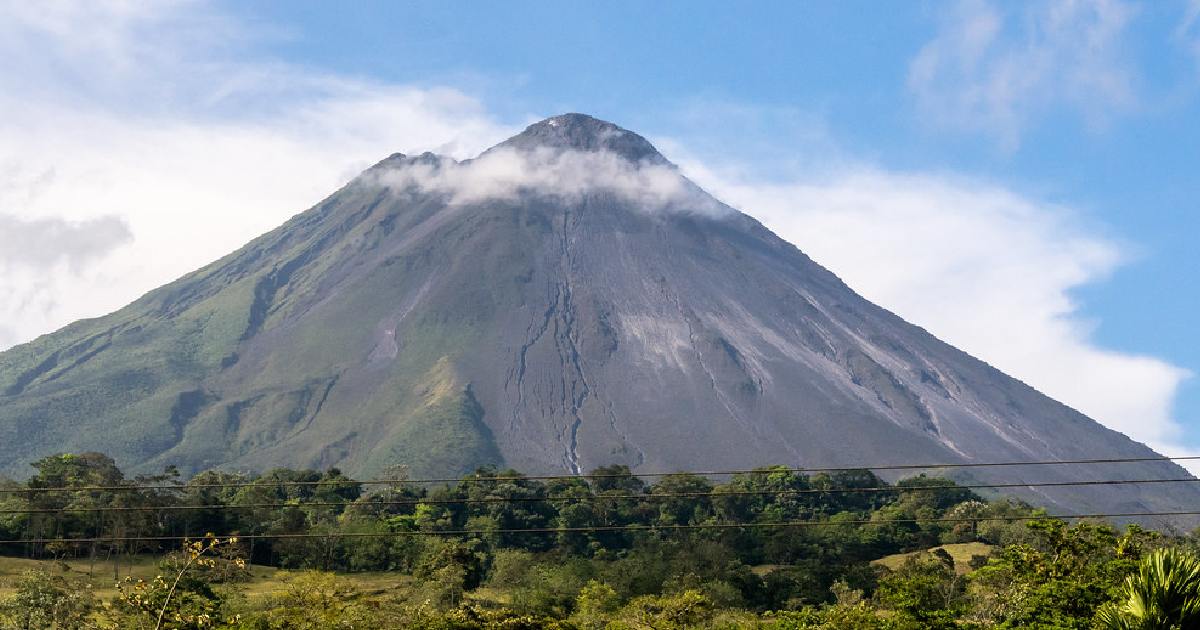
- Location: Costa Rica
- Peak: 5,437 feet (1,657 meters)
- Key Features: Symmetrical cone shape
One of the world’s most active volcano is Arenal in Costa Rica. Constant eruptions and symmetrical cone shape make it a notable landscape feature. Arenal is a hit with tourism and professionals as it boasts dense forests, natural hot springs, and plenty of distinct wildlife. Volcanic swells, lava, and condensation harm the surrounding nature and inhabitants.
The robust soil of Arenal Volcano nourishes countless varieties of plants and animals. Park promotes hiking, observing wildlife, and breathtaking vistas of Lake Arenal and the volcano. Although Arenal is aesthetically pleasing, geological survey teams have a duty to monitor its eruptions with the goal to prepare for and reduce potential risks.
9. Mount Bromo – Indonesia
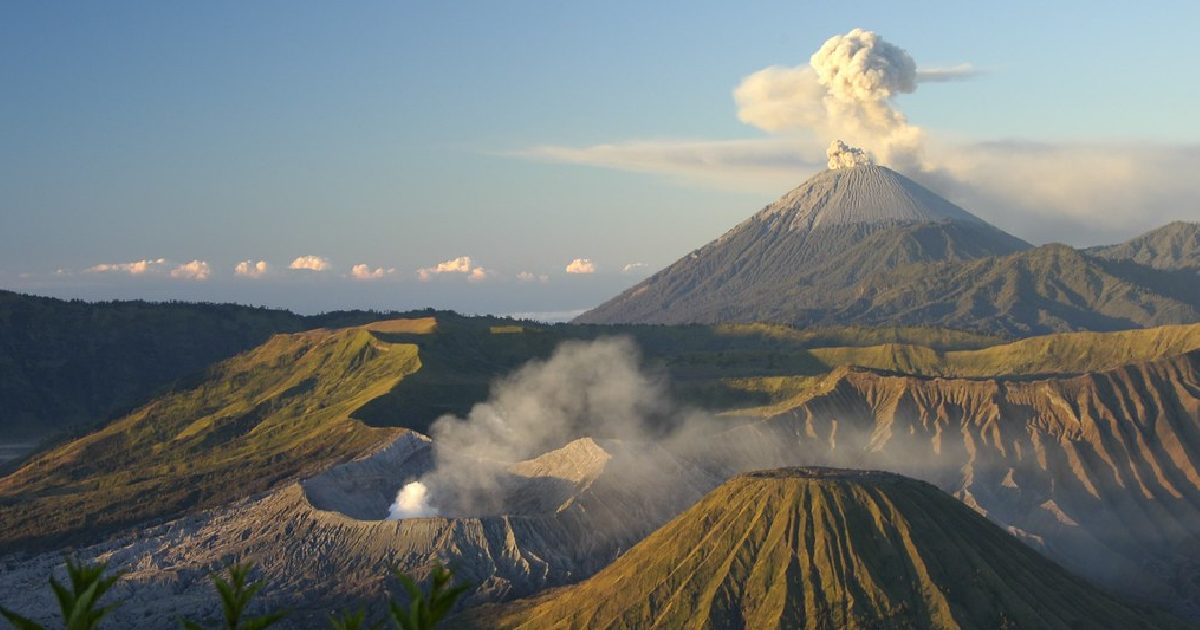
- Location: Indonesian Archipelago
- Peak: 7,641 feet (2,329 meters)
- Key Features: Active caldera, Part of the Tengger massif
Indonesia’s Mount Bromo is a renowned volcano. The Bromo volcano attracts hundreds of people to its dynamic caldera and dawn sights. Other volcanic peaks make up the Tengger massif, which contains the volcano. The terrain has the shape of a big dune flat known by the name “Sea of Sand” with rugged basalt slopes.
To take in the never-ending life on Mount Bromo, trekkers can reach the summit. Additionally, the volcano bears unique historical and religious value for the Tenggerese. The Bromo peak is a must-see for mountain enthusiasts in Indonesia despite the fact it erupts often as it is accessible and gorgeous.
8. Mayon Volcano – Philippines

- Location: Philippines
- Peak: 8,081 feet (2,463 meters)
- Key Features: Perfect cone shape
The Philippines’ Mayon Volcano is legendary for exploding frequently and developing a shape that appears comparable to a perfect cone. Vibrant agricultural lands surround this active stratovolcano in Bicol. Lava flows, pyroclastic flows and plumes of ash from Mayon eruptions may harm encompassing communities and farms.
Philippines’ natural heritage is symbolized by Mayon Volcano’s beauty and power. There are hiking, mountaineering, and local cultural experiences nearby. To protect people and visitors, geological survey teams must monitor the volcano’s regular activity.
7. Mount St. Helens – United States

- Location: Washington, United States
- Peak: 8,366 feet (2,550 meters)
- Key Features: Crater and lava dome
One of the most renowned volcanoes in the United States is Mount St. Helens in Washington. The terrain was changed by its 1980 eruption’s massive crater and lava dome. This blast killed too many people and caused much damage.
Today, people may see the landscape that the volcano created and learn about geology at Mount St. Helens National Volcanic Monument. Interpretive displays, hiking routes, and vantage spots show the volcano’s history. US Geological Survey is monitoring the area for future eruptions.
6. Mount Etna – Italy
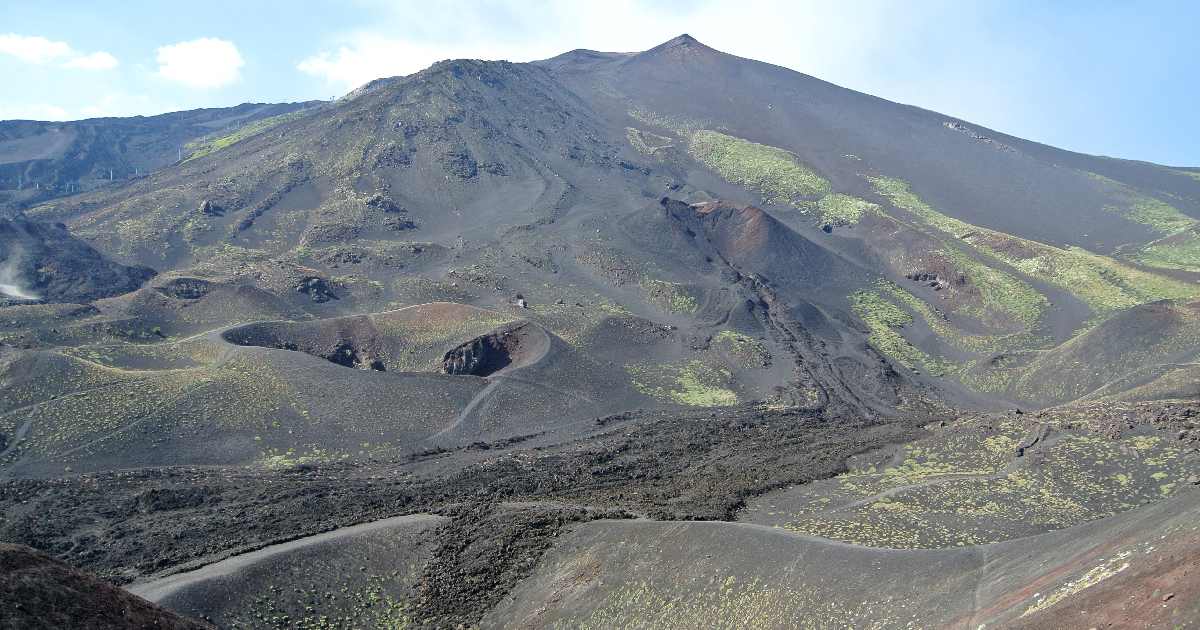
- Location: Sicily, Italy
- Peak: 10,912 feet (3,326 meters)
- Key Features: Rich volcanic soil
Mount Etna is Europe’s tallest and most active volcano. It’s located over an island of Sicily in Italy. It’s one of Italy’s most fertile areas owing to Etna’s consistent eruptions at 10,912 feet. Volcanic ash, lava flows, and pollution affect nearby towns and crops.
Mount Etna’s fertile volcanic soil produces vineyards, orchards, and other products, boosting the local economy. Scientists, tourists, and adventurers go to the volcano’s regular activity to see its power and beauty. To protect inhabitants and visitors, geological survey teams monitor Etna’s eruptions.
5. Mount Semeru – Indonesia
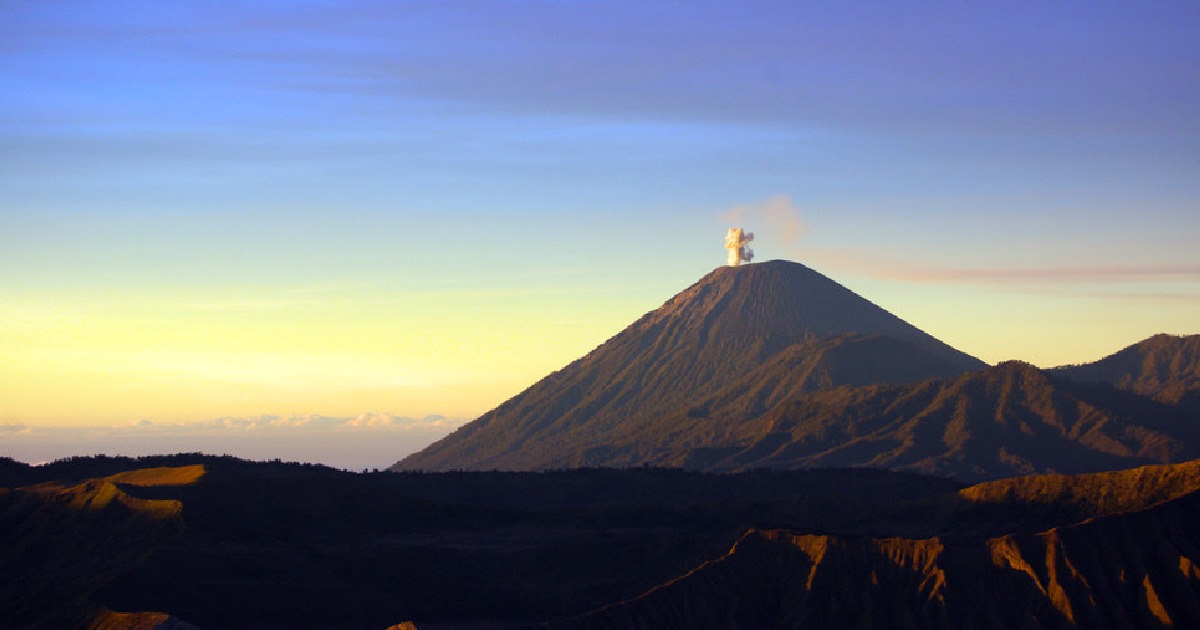
- Location: Indonesian Archipelago
- Peak: 12,060 feet (3,676 meters)
- Key Features: Sacred mountain for locals
Java’s highest volcano is Mount Semeru in the Indonesian Archilego. Semeru, at 12,060 feet, causes frequent eruptions of pyroclastic material, ash gases, and lava fountains. Communities revere the volcano and have a mystical affinity to it.
Adventurers and environment lovers commonly hike Mount Semeru. The journey offers breathtaking views and close-up views of the volcano. However, geological survey teams must monitor regular eruptions to protect climbers and locals.
4. Mount Fuji – Japan
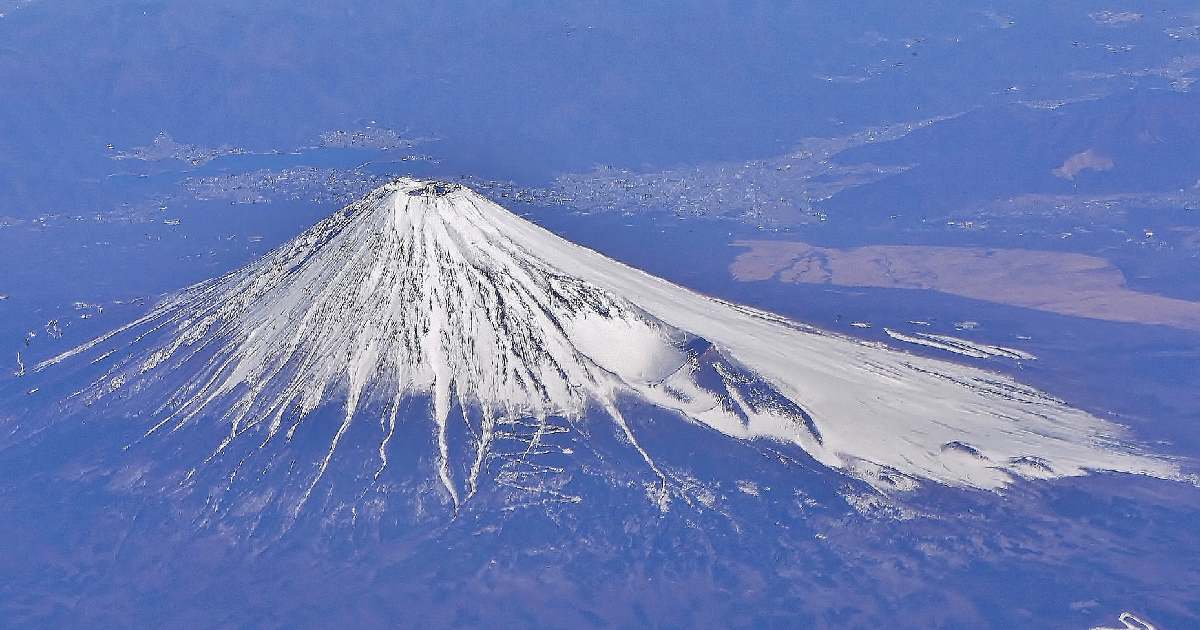
- Location: Honshu, Japan
- Peak: 12,388 feet (3,776 meters)
- Key Features: Cultural and spiritual significance, Popular hiking destination
Mount Fuji in Japan’s Honshu Island is renowned and cultural. At 12,388 feet, Fuji’s perfect conical structure and snow-capped pinnacle symbolizes Japan. Due to its spiritual and cultural significance, Japan treks and pilgrimages to the volcano.
Many want to climb Mount Fuji for its vistas and accomplishment. The surrounding Aokigahara Forest and Fuji Five Lakes accentuate the vicinity’s scenic appearance. Regardless of its dormant state, Mount Fuji remains one of the most renowned volcano worldwide for its spectacular scenery and cultural significance.
3. Popocatépetl – Mexico

- Location: Central Mexico
- Peak: 17,802 feet (5,426 meters)
- Key Features: Frequent ash plumes and eruptions
In the midst of Mexico stands Popocatépetl, a famous and active volcano. Frequently erupting clouds of ash, explosions, and volcanic smog, Popocatépetl volcano stands 17,802 feet tall. A lot of stories and myths are important to society and history that are based on the volcano moving.
Nahuatl gives Popocatépetl its name, which means “Smoking Mountain” to show how active it is. Ancient sites and colonial towns are close by, making the area full of history and culture. In order to guarantee the protection of the local communities, geological survey teams must consistently monitor the volcano’s frequent eruptions.
2. Mount Kilimanjaro – Tanzania
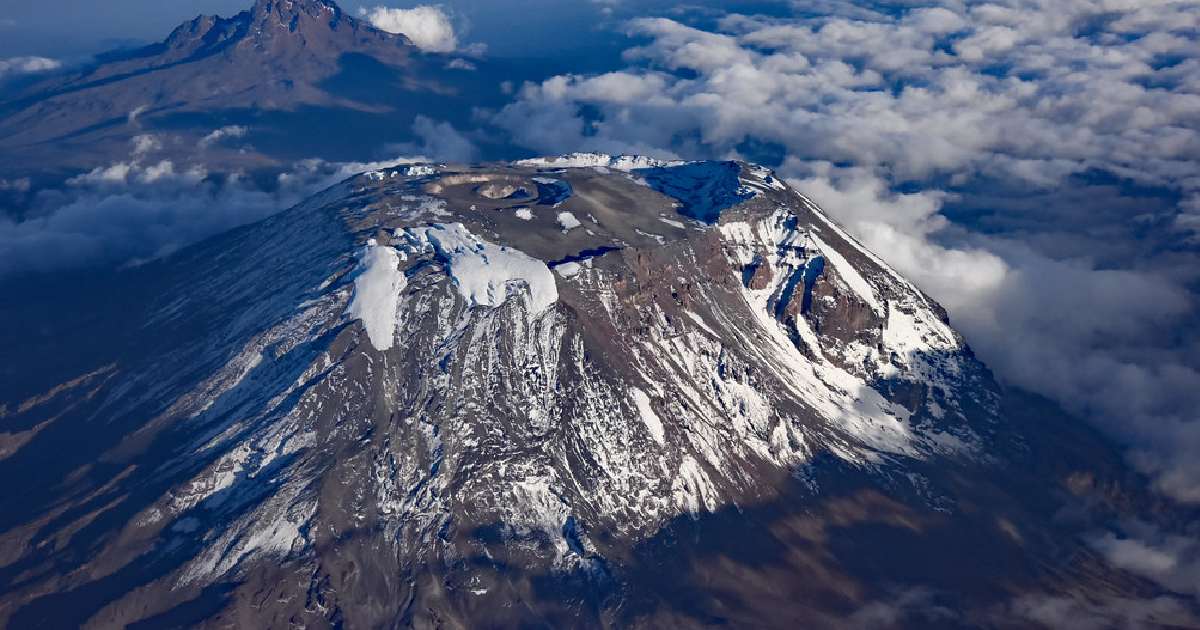
- Location: Tanzania
- Peak: 19,341 feet (5,895 meters)
- Key Features: Three volcanic cones
The tallest rock in Africa is Mount Kilimanjaro, which is also a famous volcano. There are three lava cones on Mount Kilimanjaro, which is 19,341 feet high. These go Kibo, Mawenzi, Shira. On top of high deserts, rich tropical rainforests, and endless animal life, this peak features great mountains.
The difficulty and satisfaction of climbing Mount Kilimanjaro attracts trekkers across the globe. Journey offers amazing perspectives, scarce wildlife and plants, and an overall feeling of victory at the peak. While it is not active, Kilimanjaro is an attraction for nature admirers and adventurers to explore considering its majestic splendor and conservation value.
1. Mauna Loa – Hawaii, United States
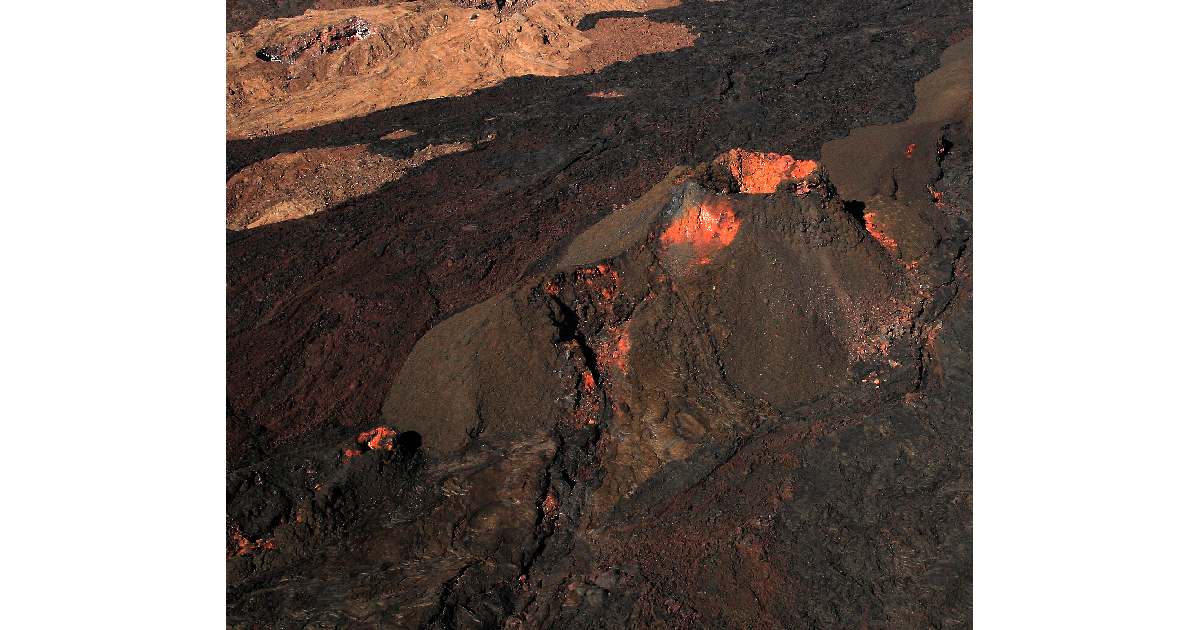
- Location: Hawaii, United States
- Peak: 13,681 feet (4,170 meters)
- Key Features: Frequent lava flows
The world’s largest active volcano, Mauna Loa in Hawaii, covers 5,271 square kilometres. Mauna Loa is 13,681 feet tall, a greater height than Mount Everest and is famous for the lava flows that happen on it often and have a big effect on the area around it. The USGS Hawaiian Volcano Observatory keeps a close eye on the hawaiian volcanoes and Pacific Ocean to determine its behavior and keep people safe.
In the Hawaiian Islands, Mauna Loa is a dominant feature due to its frequent eruptions and immense size. New land and topography have been formed by the volcano’s lava flows. Mauna Loa visitors can explore lava tubes, craters, and distinctive geological phenomena.
Conclusion
Our planet’s power and beauty are displayed by the world’s largest volcanoes. Cultural practices, habitats, and the environment have been affected by these volcanoes, ranging from Mauna Loa volcano, Popocatépetl, Mount Fuji, and Kilimanjaro. Investing more time examining and monitoring these volcanoes shows us in greater detail the forces which alter our surroundings. Ideally, you have additional sites to discover in the Alaska Peninsula, the Aleutian Islands, and Katmai National Park, majority of that are near active volcanoes.
Frequently Asked Questions (FAQs)
What are the 5 largest volcanoes ever recorded?
The five largest volcanoes ever recorded are:
- Mauna Loa – Located in Hawaii, USA, Mauna Loa is the largest active volcano on Earth, covering about 5,271 square kilometres.
- Mount Kilimanjaro – In Tanzania, Africa’s highest peak at 19,341 feet.
- Popocatépetl – In Mexico, with a peak of 17,802 feet and frequent eruptions.
- Mount Fuji – Japan’s iconic volcano, standing at 12,388 feet.
- Mount Etna – Europe’s highest and most active volcano in Sicily, Italy, with a peak of 10,912 feet.
Where is the largest volcano on Earth?
Hawaii’s Big Island is home to Mauna Loa, the world’s biggest volcano. Over 5,271 square miles, it’s 13,681 feet above sea level. The USGS Hawaiian Volcano Observatory keeps an eye on Mauna Loa as it erupts periodically and possesses an enormous impact on the Hawaiian landscape.
What are the 5 most active volcanoes in the world?
The five most active volcanoes in the world are: Kilauea – Located in Hawaii, USA, it has been erupting continuously since 1983. Mount Etna – In Sicily, Italy, known for frequent eruptions. Mount Merapi – In Indonesia, one of the most active and dangerous volcanoes. Mount Nyiragongo – In the Democratic Republic of Congo, known for its persistent lava lake. Popocatépetl – In Mexico, with frequent ash plumes and eruptions.
What is the most powerful volcano?
In Indonesia, Mount Tambora is the most potent volcano. Rated with a VEI of 7, it was this volcano’s most massive and powerful eruption. Global environmental issues, including the “Year Without a Summer,” were caused by sulfur dioxide and ash combined.
What was the worst volcanic eruption?
A volcano in Indonesia called Mount Tambora is the most powerful. With a VEI of 7, it was the biggest and most powerful eruption of this volcano. In the “Year Without a Summer,” environmental problems including the ocean floor, happened all over the world because of sulfur dioxide and ash.

